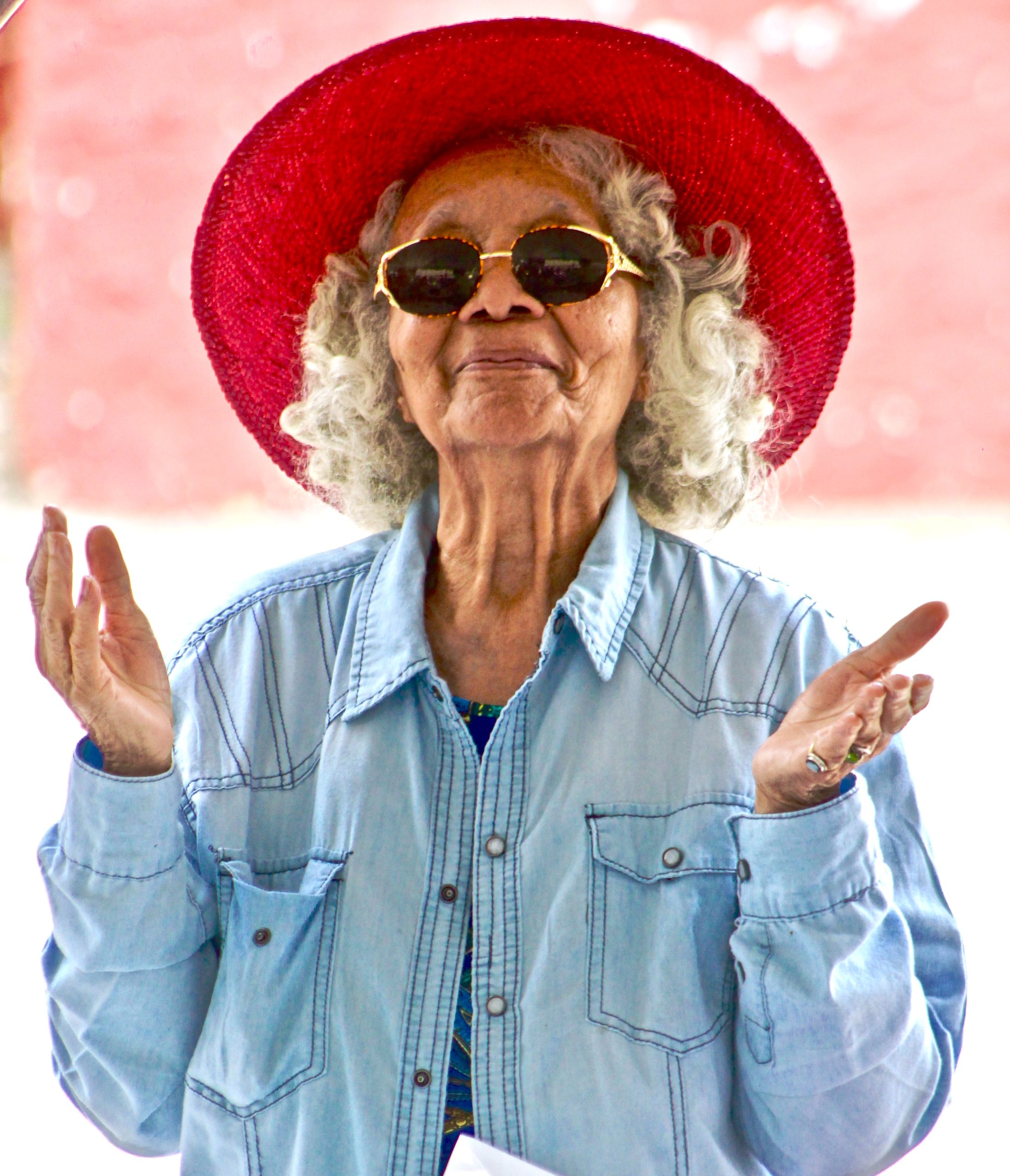Active Aging for Every Body: Adapting Exercise to Your Unique Needs and Abilities

The image is not directly related to the article. It merely symbolizes the life of elderly people.
As we age, it’s important to maintain an active lifestyle to keep our bodies and minds healthy. However, it’s also important to recognize that our bodies may not move or function the same way they did when we were younger. This is why adapting exercise to your unique needs and abilities is crucial for active aging.
The first step in adapting exercise to your unique needs is to consult with your healthcare provider. They can help you determine what types of exercises are safe for you to do based on any health conditions or limitations you may have. They may also recommend specific exercises that can help improve your overall health and well-being.
Once you have a clear understanding of what types of exercises are safe for you to do, it’s important to start slow and gradually increase intensity. This can help prevent injury and ensure that you don’t push your body too hard. For example, if you’re new to exercise, start with a short walk around your neighborhood and gradually increase the distance and duration over time.
Another way to adapt exercise to your unique needs is to modify exercises to accommodate any physical limitations or challenges you may have. For example, if you have arthritis, you may need to modify exercises to reduce the impact on your joints. This could mean doing low-impact exercises like swimming or cycling, or using resistance bands instead of weights.
It’s also important to find exercises that you enjoy and that fit into your lifestyle. If you don’t enjoy a particular type of exercise, you’re less likely to stick with it. Try different types of exercises, such as yoga, Pilates, or Tai Chi, to find what works best for you.
Finally, it’s important to listen to your body and make adjustments as needed. If you’re feeling fatigued, take a break or reduce the intensity of your workout. If you experience pain or discomfort, stop the exercise and consult with your healthcare provider.
In conclusion, adapting exercise to your unique needs and abilities is crucial for active aging. By consulting with your healthcare provider, starting slow, modifying exercises, finding activities you enjoy, and listening to your body, you can maintain an active lifestyle and improve your overall health and well-being.
The image is not directly related to the article. It merely symbolizes the life of elderly people. As we age, it’s important to maintain an active lifestyle to keep our bodies and minds healthy. However, it’s also important to recognize that our bodies may not move or function the same way they did when we…
Recent Posts
- Empowering Caregivers: The Best Online and Offline Resources to Enhance Your Skills
- Traveling with a Purpose: The Rise of Volunteer Vacations
- Breaking Stigma: Dispelling Myths about Mobility Aids and Disability
- Avoiding Probate: How Trusts Can Simplify the Estate Settlement Process
- Senior Citizens Beware: Common Financial Scams and How to Stay Protected

